Do you have a hard time getting trees to grow because of your location where you want a tree? Try a native tree to South Dakota recommended by SDSU.
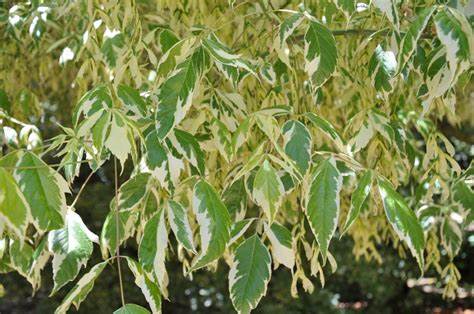
My favorite is the boxelder tree. Now before you yell at me, it is only the female tree that attracts the boxelder bugs. You can buy male trees which do not attract bugs. Boxelder is a soft-wood maple with a 45-foot, rounded growth habit. They take a little more water when young but become drought tolerant later on. There is a “Sensation” variety with yellowish foliage.
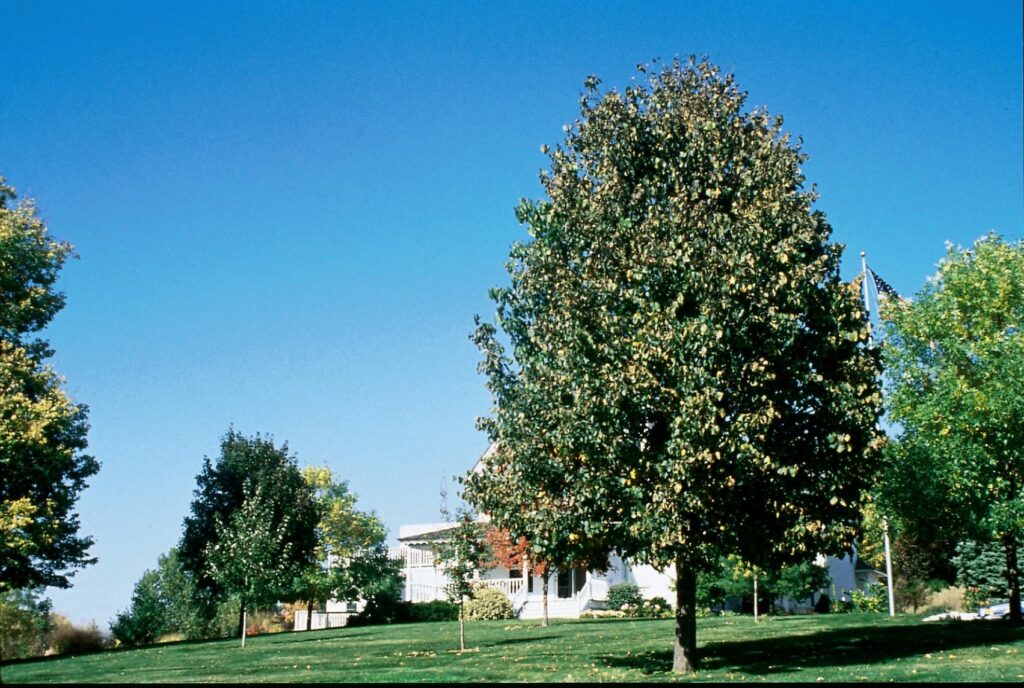
American linden is a stately shade tree growing 60 feet in height. It has white drooping flower clusters. This tree has many cultivated varieties.
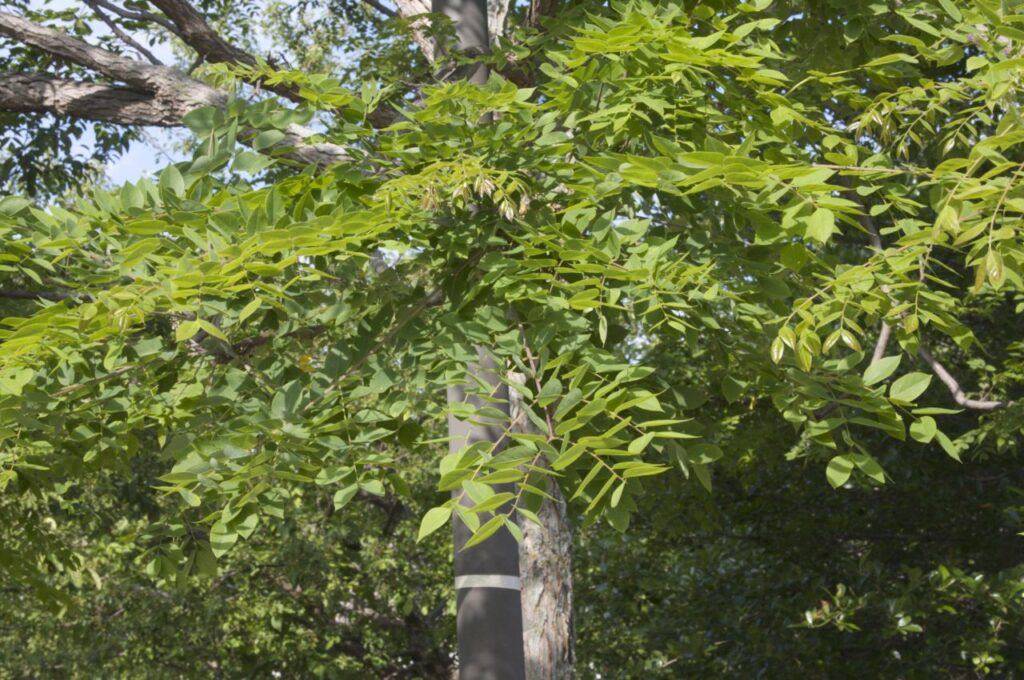
Kentucky coffee tree grows to 50 feet tall. The leaves resemble the leaves of a honeylocust only much larger. The seeds are nutlike clusters that were used by early Americans as a coffee substitute. There used to be a coffee tree in the Winner Park years ago.
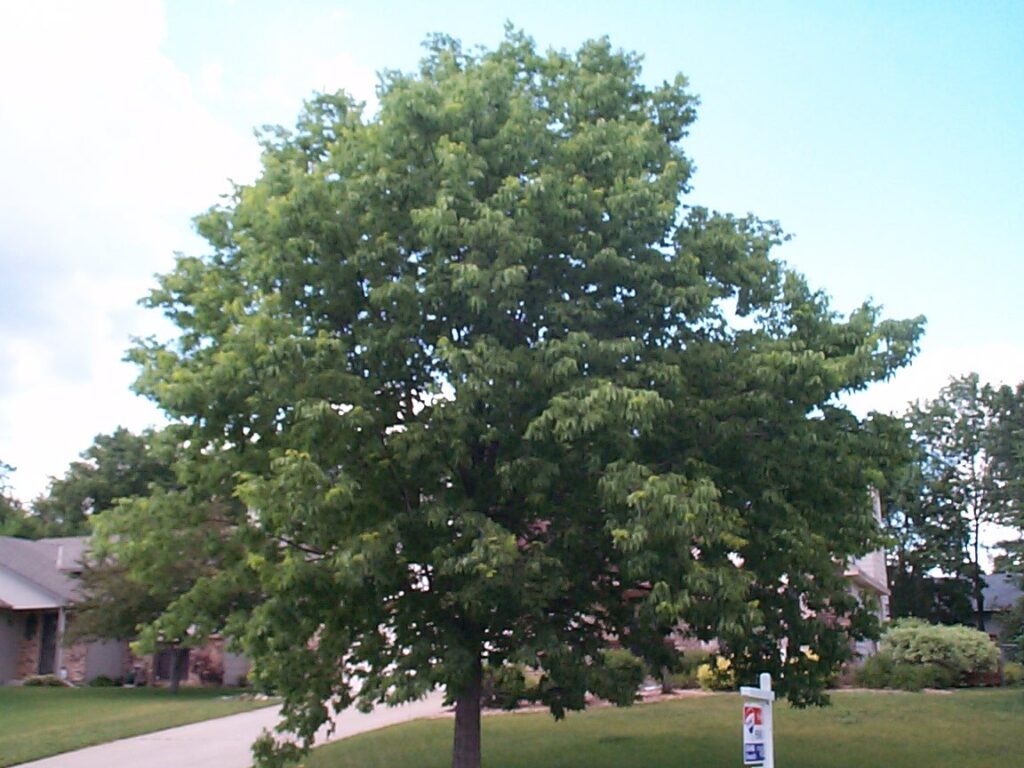
Hackberry trees a tough, drought-resistant, and pH tolerant making them a great choice for a shade tree. The leaves often get nipple gall, which are small bumps on the leaves but do not harm the tree.
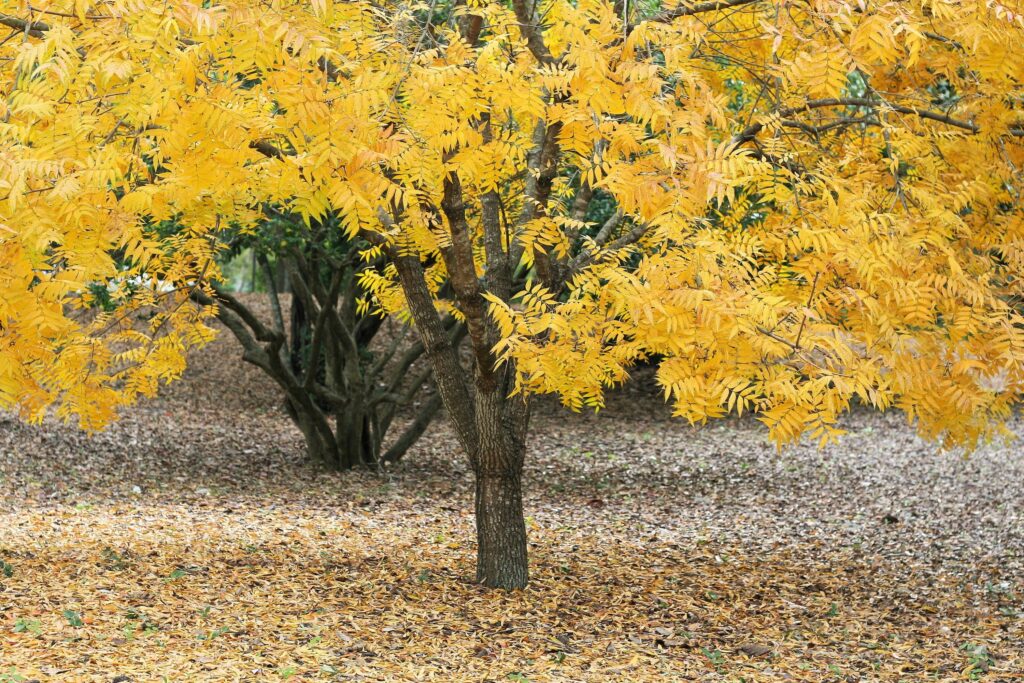
Honeylocust creates a light shade for people that do not want a dense shade in their yards. This tree has many cultivars like “Shademaster” (larger leaves than the typical honeylocust), “Skyline” (ferny leaf appearance), and “Sunburst” (with yellowish foliage), etc. Newer varieties do not get the pods or thorns.
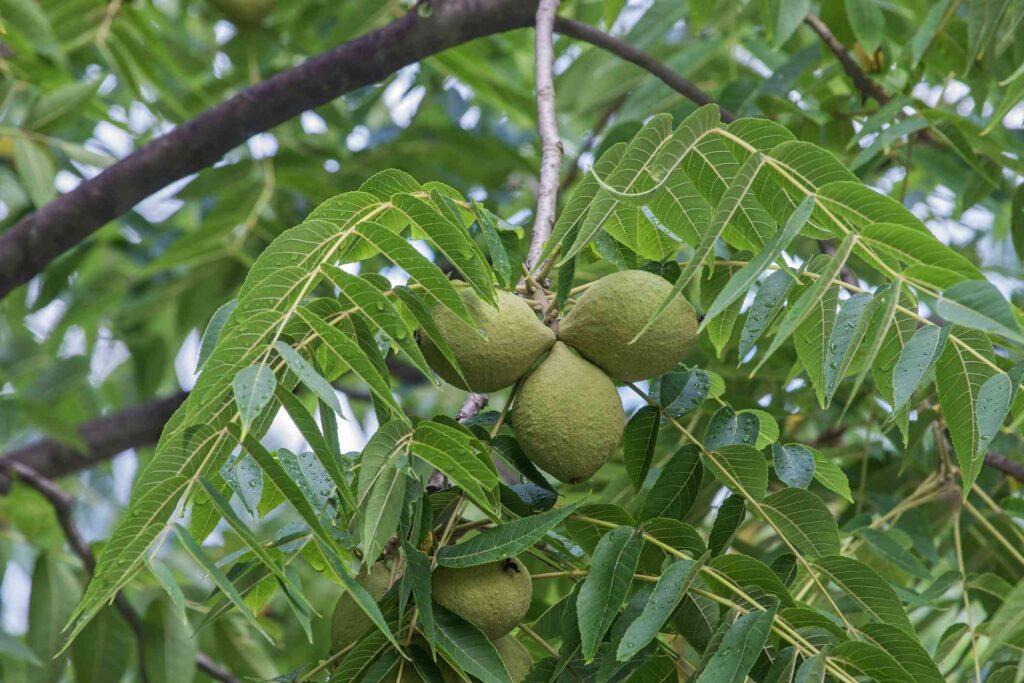
Black walnut is grown mainly for its wood in the furniture business. The tree needs room to grow to 100 feet tall. The leaves are compound divided growing over a foot long. Walnut roots produce a growth-inhibiting chemical that keeps other trees and plants from growing beneath them. Bluegrass will grow beneath the light shade of the tree.
The black locust, not related to the honeylocust, is a smaller shade tree around 50 feet high. It has beautiful drooping, fragrant flowers of pink to red in the spring.
